More about National Mall

Contributor
You won't find The Gap or a Cinnabon on the National Mall.
We all know the sight of the Washington Monument towering above the National Mall in Washington DC, but sometimes we forget all the other amazing institutions standing in its imposing shadow. This 1000+ acre expanse of green space - affectionately dubbed “America’s Front Yard” - is not only a national park protected by the National Park Service, filled with frisbee players, picnicking families, and photo-snapping tourists, it also contains some of the most recognizable monuments and museums in the United States. Spread between the United States Capitol, the symbol of democracy, at one end and the massive memorial of a 19-foot Abraham Lincoln seated in his giant chair at the other, these diverse museums include the National Gallery of Art, the National Museum of African American History & Culture, the National Air and Space Museum and the Freer Gallery of Art, just to name a few.
In 1791, at the beginning of building the American capitol’s legacy, a French-born American named Pierre Charles L’Enfant was tasked with designing DC by none other than the big man himself, George Washington. L’Enfant planned the entire capitol to allow for open spaces and a grand avenue that would span nearly 1.5 miles. Over time, L’Enfant’s vision was expanded, giving way to the National Mall as we know and love it today.
Over 200 years, the National Mall has come to symbolize the values, sacrifices and desires of the American people. For the last 100 years, it has been the birthplace and premier site for protests, celebrations, rallies and memorials such as Martin Luther King Jr's “I Have A Dream” speech, the AIDS Quilt, Presidential inaugurations and so much more.
This place is the ultimate cultural hub. You can walk through the Korean War Veterans Memorial and its immensely lifelike sculptures, or trace the gigantic winding wall of names that make up the Vietnam Veterans Memorial, or stand beneath the Ulysses S. Grant Memorial and think about all that American history. From there, you can go see the gaudy Peacock Room in the Freer Gallery of Art or examine the space shuttle hanging in the lobby of the National Air and Space Museum - all free I might add.
With all these options, you can see why this is the most visited National Park in the country. It brings American history, culture, and leisure onto “America’s Front Yard” for all to see and share. So next time you venture into the nation’s capital, take a gander at the tremendous offerings of the National Mall. Take that stroll from the U.S. Capitol to the Potomac and step into a museum or two, or three, or all fourteen if you have the gumption. It’ll be worth your while and probably a return trip.
Sources
- “National Mall and Memorial Parks: Plan Your Visit.” National Park Service. Accessed March 23, 2017. https://www.nps.gov/nama/planyourvisit/index.htm
- “Washington DC: National Mall.” Washington DC. 2017. Accessed March 23, 2017. https://washington.org/dc-neighborhoods/national-mall
- “8 Must-See Monuments & Memorials on the National Mall.” Washington DC. 2017. Accessed March 29, 2017. https://washington.org/visit-dc/must-see-memorials-monuments-national-m…
- “14 Can’t-Miss Free Museums on the National Mall.” Washington DC. 2017. Accessed March 28, 2017. https://washington.org/DC-focus-on/museums-national-mall
- “History of the National Mall in Washington DC.” About Travel. 2017. Accessed March 27, 2017. http://dc.about.com/od/WashingtonDCHistory/a/History-Of-The-National-Ma…
Featured Content
Here is what Wikipedia says about National Mall
The National Mall is a landscaped park near the downtown area of Washington, D.C., the capital city of the United States. It contains and borders a number of museums of the Smithsonian Institution, art galleries, cultural institutions, and various memorials, sculptures, and statues. It is administered by the National Park Service (NPS) of the United States Department of the Interior as part of the National Mall and Memorial Parks unit of the National Park System. The park receives approximately 24 million visitors each year.
The core area of the National Mall extends between the United States Capitol grounds to the east and the Washington Monument to the west and is lined to the north and south by several museums and a federal office building. The term National Mall may also include areas that are also officially part of neighboring West Potomac Park to the south and west and Constitution Gardens to the north, extending to the Lincoln Memorial on the west and Jefferson Memorial to the south.
Check out the full Wikipedia article about National Mall

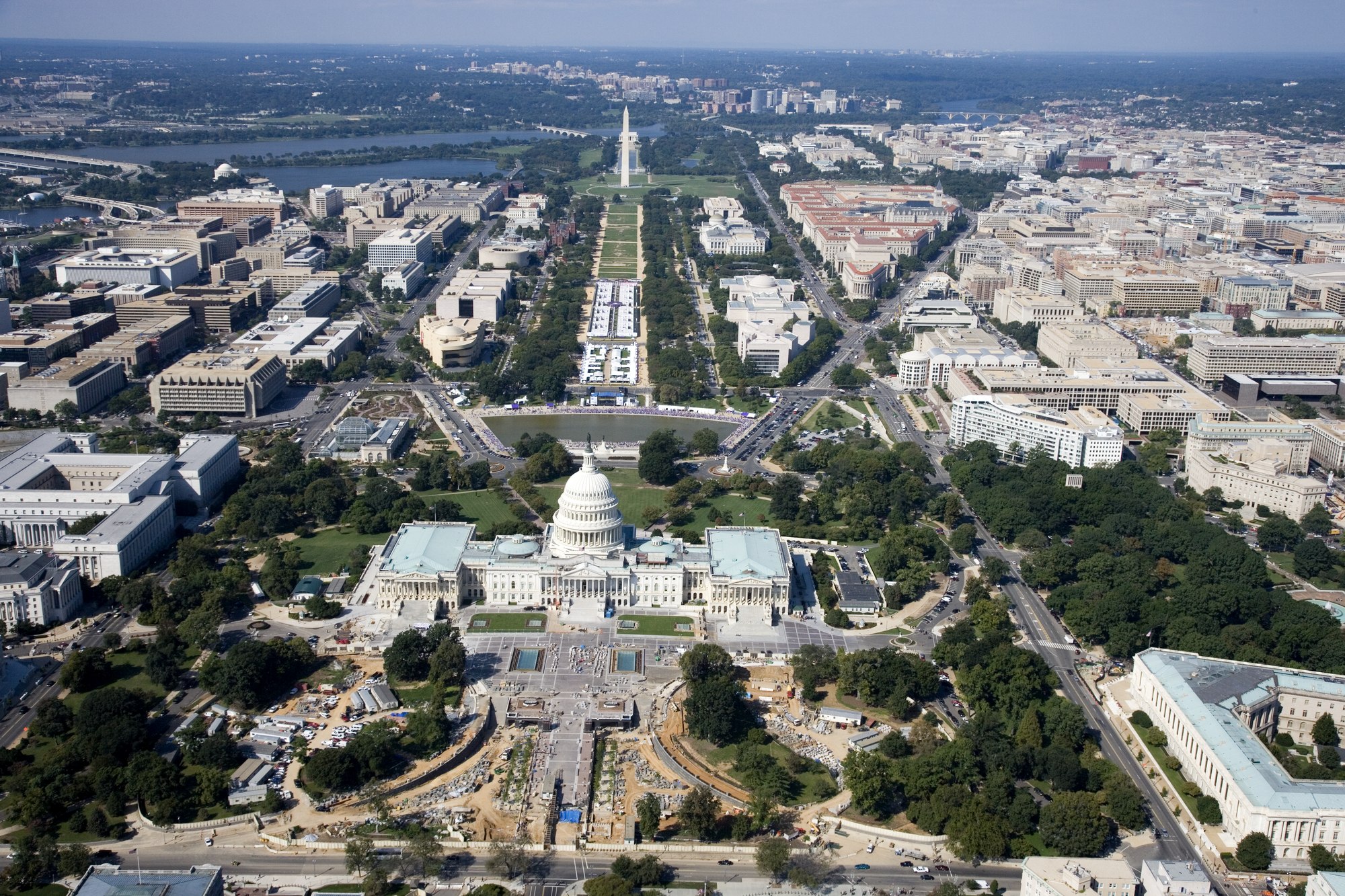
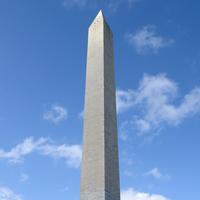
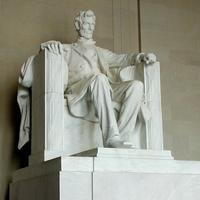
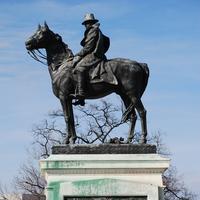
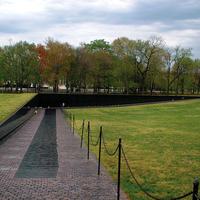









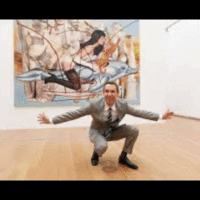
This picture of the National Mall has a lot going on. The image is foreshortening, meaning some objects are close by large while the ones further away are smaller. It all depends on how close or far the objects are. The trees and buildings nearer to the camera seem bigger, and the ones farther away seem smaller, but in reality, they are all the same size.